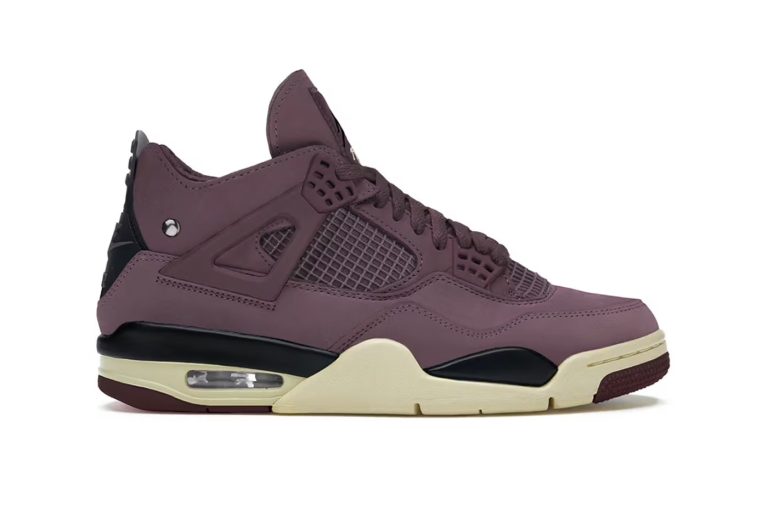How to Write a Scientific Paper?

Table of Contents
A PhD student might have to write a scientific paper at any time. However, this does not apply only to PhD students. Undergraduates can also be given this assignment.
Scientific papers are tough, and that’s no secret. Students new to this area often wonder, “How do I write my paper?”
So here we have listed the tips for scientific paper writing to make you a pro by the end of this. Let’s begin:
Use a Catchy Topic
Students approach topic selection in two ways: They either choose fresh topics or pick old ones that are easy to cover.
We recommend going with the first one. But there are certain limitations. Do not pick topics that are too broad. You might not be able to cover them and do justice. Another is going with too narrow topics, which do not offer you enough prospects to work on. Going for controversial topics can generate curiosity in the audience. However, make sure that it does not hurt the sentiments of others in class.
Pick an intriguing topic to show your potential as a writer and researcher.
Curate Your Abstract
A scientific paper includes an abstract, which covers the main agenda of the writing. The abstract should include the writer’s goals and the initial idea behind the topic. In simple words, the abstract is similar to a movie trailer.
Jot down all your goals and the purpose of writing. This should be concise, which you unfold in your paper later. Do not keep it too lengthy, as it goes against the abstract format. This should be well written in brief to give readers a clear idea of what to expect. Confusion can leave the readers hanging, which is not a good sign for a scientific paper writer. Add clarity and rewrite your abstract a million times if required to make it concrete.
Write an Attention-Worthy Introduction
An introduction is not a mere segment of the paper to fill the word count. Many students do not pay attention to the introduction. They simply ramble in this area and put all their energy into the main body. The body is a section filled with all the juicy details and main information.
But as a reader, they will always start from the introduction first. You can lose a potential reader if it is boring, does not hold the reader’s interest, or fails to make the right impression. If you are unsure what to write in your introduction, let us share some tactics with you.
The introduction should start with the background of the topic. You may keep this limited to extend it later in the literature review. Add valuable statistics to keep the readers on the tip of their toes. Insert real-life examples to connect your topic with relevance. This must be enough to write an introduction that keeps your readers excited. Also, it should not be very long, so make sure that you do not end it abruptly before moving on to the next section.
Craft a Data-Packed Body
Now, we come to the part of scientific writing that makes almost every student sulk. The body of a scientific paper consists of various parts. Each part should be well organised, properly laid out, and fulfil its role in the assignment.
First comes the literature review, which consists of prior research on a similar topic. Many writers choose existing work within 5 or 10 years. The main goal is to expose other works done on the topic to give clarity. This shows your contribution to the topic later and what new you are bringing to the table.
Next comes methodology, where the actual experiments are mentioned. Usually, students prefer to conduct more than one experiment to add solid data to the work. This is highly suggested as it adds more trust to the results later. Mention the ingredients, apparatus used and the correct timings for your work. Double-check the data to avoid any mistakes here.
After you finish the methodology, it is time to move on to the next section, i.e. results and observation. Here, you add the results of your work and what you observed in the process. This can be faint gas residue, solid particles, or any change in the constituents that needs public attention.
After the above section, move on to the discussion, where you can express your thoughts and opinions on the work. This can be related to the observed results and elaborated on further for public clarity.
End with an Impactful Conclusion
Finally, after the body is completed, it is time to move on to the conclusion. Again, the writers heavily look over this area. However, this section adds the entire content together. Make the conclusion strong by reiterating the main points of your work. Share your observed data and state how your research added value to the topic.
To spread awareness among other students and illuminate prospects and challenges related to the topic. Overall, this should create a long-lasting impact by clearly and positively concluding the topic.
Cite ALL Sources
Your work is not completed with the conclusion. You also need to cite the sources. A survey showed that 62.1 % of students are not confident with their citing skills, which is huge. Citing sources means crediting the writers whose paper has inspired your work. All the prior work you mentioned needs to be credited to eliminate plagiarism accusations.
There are various rules of citation depending on the citation style you choose. Many students do not cite their papers, not knowing this is a grave mistake. You can follow the citation style you desire if you are not instructed on a particular one. However, citing the sources is essential in a scientific paper. Some students consider this area even more difficult than the writing part. So ensure you get expert advice and help to carry out this area smoothly.
Proofread Thoroughly
Once you finish the writing, it is time to leave the paper aside for a few days. Then, you can proofread it. Remember that scientific papers are lengthy, so you need to proofread them thoroughly.
Take a break before you jump in without any pause from the writing part. While proofreading, remove incorrect spellings, poor grammar, and wrong data. Eliminating fillers also counts. Moreover, make sure you add transitions while moving from one section to the next. This is also crucial in scientific papers to build a smooth reader flow.
Get Reviewed by Others
If you doubt your proofreading skills, it is wise to get help from others. You can consult an expert or university professor to review your work. They can give you final reviews before your work submission.
And even before going to the higher dignitaries, you can get your paper checked by your friends and family. Their valuable suggestions can spark new ideas for your work, which can be a game-changer. They can come up with new slants. They can offer you actual public data statistics and ideas you were unaware of. And who knows, these new ideas might be better than the old ones.
ENDNOTE
Writing a scientific paper is troublesome and calls for utmost dedication and effort. It is extremely difficult for beginners and never gets easy anytime soon. However, with the hacks shared above, you can make your writing journey easier step by step. Keep following these tips every time to save yourself from making errors and move towards perfection with every word you write.






